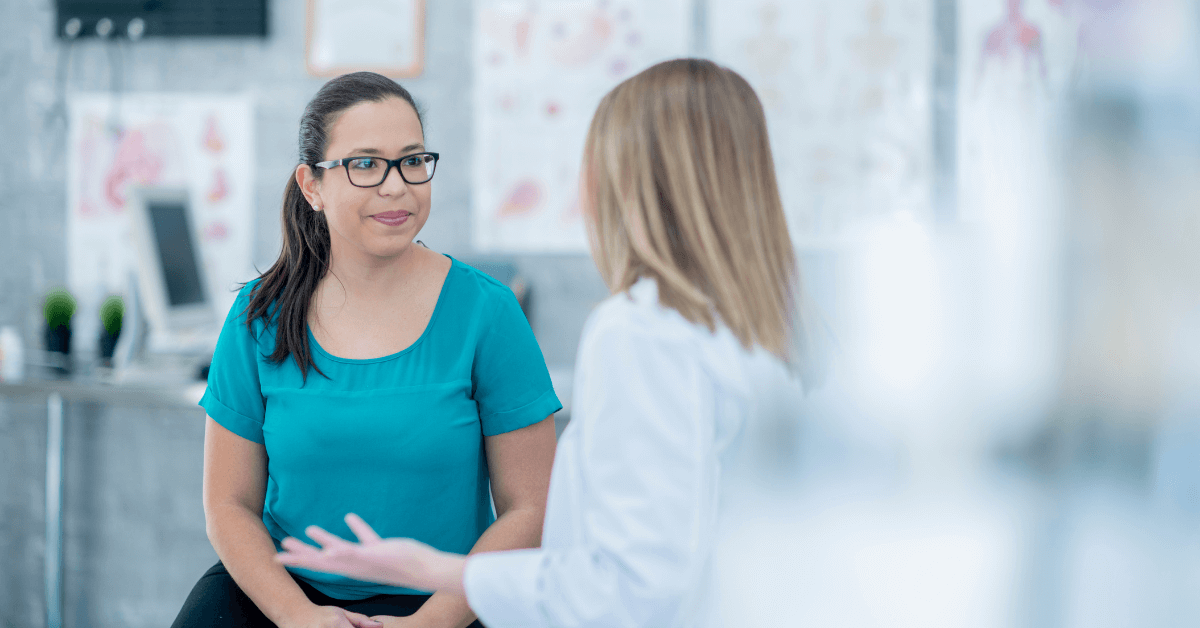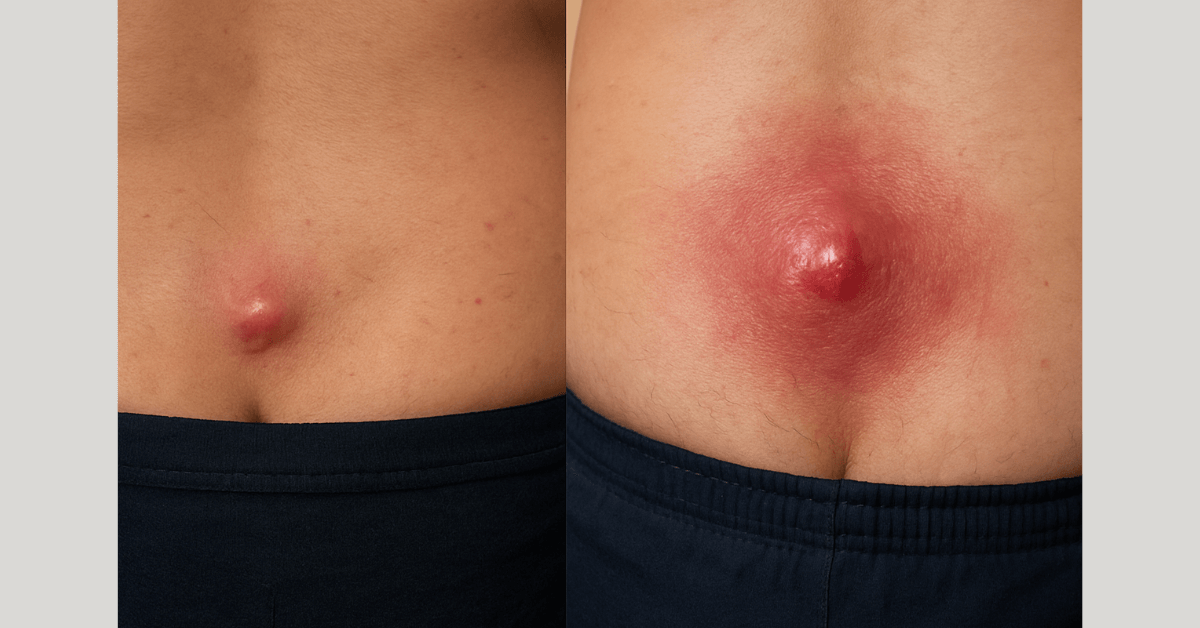External hemorrhoids are a common issue among women, causing discomfort and concern. Despite being a widespread problem, many women are hesitant to seek treatment due to embarrassment or a lack of understanding of the condition. Understanding external hemorrhoids in women including their causes, symptoms, and the available treatments can help empower women to seek the care they need.
One of the most effective treatments for hemorrhoids is LHP® (Laser Hemorrhoidoplasty), a cutting-edge laser therapy that offers significant relief with minimal recovery time. In this blog, we will explore the different aspects of external hemorrhoids in women, including causes, symptoms, and the role of LHP® laser therapy in managing the condition.
What Are External Hemorrhoids?
Before diving into treatment options, it’s important to understand what external hemorrhoids are and how they differ from internal hemorrhoids.
Hemorrhoids are swollen veins located in the rectal area, and they can occur both inside (internal hemorrhoids) and outside (external hemorrhoids) the anus. External hemorrhoids are those that develop under the skin around the anus and are typically visible and often more painful than internal ones. They can cause significant discomfort, itching, and in some cases, bleeding.
Causes of External Hemorrhoids in Women
Several factors can contribute to the development of external hemorrhoids in women. Understanding the causes can help in preventing and managing the condition effectively.
1. Pregnancy
One of the most significant risk factors for external hemorrhoids in women is pregnancy. The growing uterus puts increased pressure on the veins in the pelvic area, leading to swollen hemorrhoids. Additionally, hormonal changes during pregnancy can relax the blood vessels, making women more susceptible to hemorrhoids.
2. Chronic Constipation
Chronic constipation is another common cause of external hemorrhoids in women. Straining during bowel movements puts excess pressure on the veins in the rectal area, leading to the formation of hemorrhoids. If the constipation is ongoing, it can significantly worsen the condition.
3. Prolonged Sitting or Standing
Women who spend long hours sitting or standing such as those in office jobs or who are pregnant—are at higher risk of developing hemorrhoids. Prolonged pressure on the rectal area can cause the veins to swell, leading to hemorrhoids.
4. Obesity
Obesity increases the risk of external hemorrhoids in women because it places additional pressure on the pelvic veins. Women with excess body weight may be more prone to developing hemorrhoids, especially if combined with other factors like chronic constipation or a sedentary lifestyle.
5. Aging
As women age, the connective tissues in the body naturally weaken, and this includes the tissues supporting the rectal veins. Older women are more likely to experience hemorrhoids due to the general decline in skin elasticity and tissue support.
6. Heavy Lifting
Engaging in heavy lifting, whether at work or during exercise, increases abdominal pressure and can lead to the formation of external hemorrhoids. Women involved in physically demanding work or those who exercise vigorously without proper form may be more prone to developing hemorrhoids.
Symptoms of External Hemorrhoids in Women
The symptoms of external hemorrhoids in women can vary in severity. While some women may experience mild discomfort, others may face significant pain and complications.
1. Pain and Discomfort
The most common symptom of external hemorrhoids in women is pain around the anal region. This pain can be especially noticeable during or after bowel movements. In some cases, the pain may be constant, especially if the hemorrhoid becomes thrombosed (a blood clot forms inside the hemorrhoid).
2. Swelling and Itching
Swelling around the anus is another typical symptom. Women with external hemorrhoids often experience an itchy sensation in the affected area. The swelling may vary in size depending on the severity of the hemorrhoid.
3. Bleeding
Bleeding is another common sign of external hemorrhoids in women. This typically occurs during bowel movements when the swollen veins are irritated or torn. Blood may appear on toilet paper or in the toilet bowl after a bowel movement. While bleeding is often minimal, it can be alarming and should be addressed with a healthcare provider.
4. Lumps or Bumps Around the Anus
A visible lump or bump around the anus can indicate the presence of an external hemorrhoid. These lumps are often tender and may cause discomfort when sitting or performing physical activities.
How is External Hemorrhoids Diagnosed?
External hemorrhoids in women are usually diagnosed through a simple physical examination. A healthcare provider may visually inspect the anal area for signs of hemorrhoids. In some cases, a digital rectal exam may be performed to check for internal hemorrhoids or other abnormalities.
If the diagnosis is unclear or if there is concern about complications, additional imaging tests may be used, such as an anoscopy, where a small camera is used to view the anal canal.
Treatment Options for External Hemorrhoids in Women
Several treatment options are available for external hemorrhoids in women. The choice of treatment depends on the severity of the condition and the patient’s specific symptoms. Below, we explore various treatment approaches, including the advanced LHP® laser therapy.
1. Conservative Treatments
In many cases, external hemorrhoids can be managed effectively with conservative treatments, particularly in the early stages. These treatments include:
- Warm Sitz Baths: Soaking the affected area in warm water for 10–15 minutes can help reduce pain, swelling, and itching.
- Topical Creams and Ointments: Over-the-counter creams containing hydrocortisone, witch hazel, or lidocaine can provide relief from itching and discomfort.
- Pain Relievers: Nonsteroidal anti-inflammatory drugs (NSAIDs) like ibuprofen can help reduce inflammation and manage pain.
2. Lifestyle Changes
Adopting healthier lifestyle habits can help prevent and manage external hemorrhoids in women. These changes include:
- High-Fiber Diet: Eating more fiber helps soften stool and reduces the strain during bowel movements.
- Proper Hydration: Drinking enough water helps prevent constipation and keeps the stool soft.
- Exercise: Regular physical activity can reduce the risk of developing hemorrhoids and improve overall bowel function.
3. LHP® Laser Therapy for External Hemorrhoids
For more severe cases, LHP® (Laser Hemorrhoidoplasty) is an advanced, minimally invasive treatment option that can offer long-lasting relief. LHP® uses laser technology to treat external hemorrhoids by shrinking the swollen veins and promoting healing without the need for traditional surgical methods.
The key advantages of LHP® laser therapy include:
- Minimally invasive: The procedure requires only small incisions or no incisions at all.
- Faster recovery: Most women experience less pain and a quicker recovery time compared to traditional hemorrhoid surgery.
- Reduced risk of complications: LHP® therapy has a lower risk of complications, including bleeding or infection, compared to traditional surgical methods.
4. Surgical Removal of External Hemorrhoids
In severe cases where conservative treatments or LHP® therapy do not provide relief, doctors may recommend surgery. This may involve:
- Hemorrhoidectomy: The surgical removal of hemorrhoids is typically reserved for large or prolapsed hemorrhoids that do not respond to other treatments. The recovery time for hemorrhoidectomy is longer and can involve more pain and discomfort compared to LHP® therapy.
- Stapled Hemorrhoidopexy: This procedure involves using a stapler to remove hemorrhoidal tissue and reposition the hemorrhoids. It is less painful than traditional surgery but may not be suitable for all patients.
Prevention of External Hemorrhoids in Women
Preventing external hemorrhoids in women involves lifestyle changes that promote good bowel health. Below are some prevention tips:
- Avoid Straining: Straining during bowel movements is one of the leading causes of hemorrhoids. To avoid this, ensure regular bowel movements by eating a high-fiber diet and drinking plenty of water.
- Exercise Regularly: Physical activity helps promote regular bowel movements and prevents constipation.
- Avoid Prolonged Sitting: If you sit for long periods, take breaks to stand and walk around. This helps prevent pressure from building up in the rectal area.
What to Expect During Recovery from Hemorrhoid Treatment
After treatment, the recovery time can vary depending on the treatment method used. For LHP® laser therapy, recovery is typically faster compared to traditional surgery, with most women returning to regular activities within a few days. For more invasive procedures like hemorrhoidectomy, the recovery period may take several weeks.
It’s essential to follow your healthcare provider’s instructions during recovery to minimize the risk of complications and ensure a smooth healing process.
Conclusion: Effective Management of External Hemorrhoids in Women
External hemorrhoids in women are a common issue that can be managed effectively with the right treatment. Whether through conservative measures, lifestyle changes, or advanced treatments like LHP® laser therapy, relief is possible. The key is to seek timely treatment and adhere to preventive measures to avoid recurrence.
If you’re struggling with external hemorrhoids or have experienced recurring issues, IBI Clinic offers cutting-edge treatments, including LHP®, to provide long-term relief.



